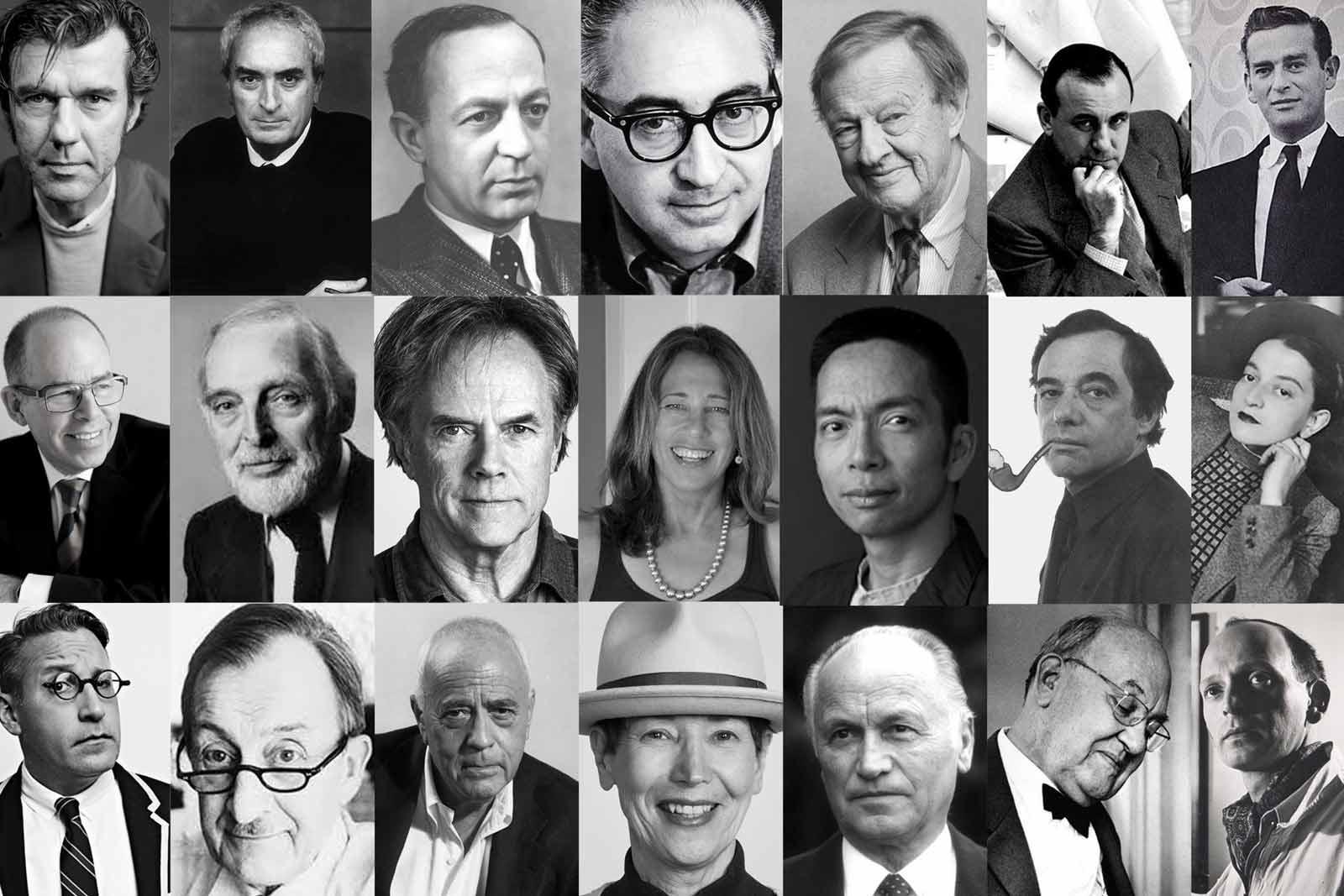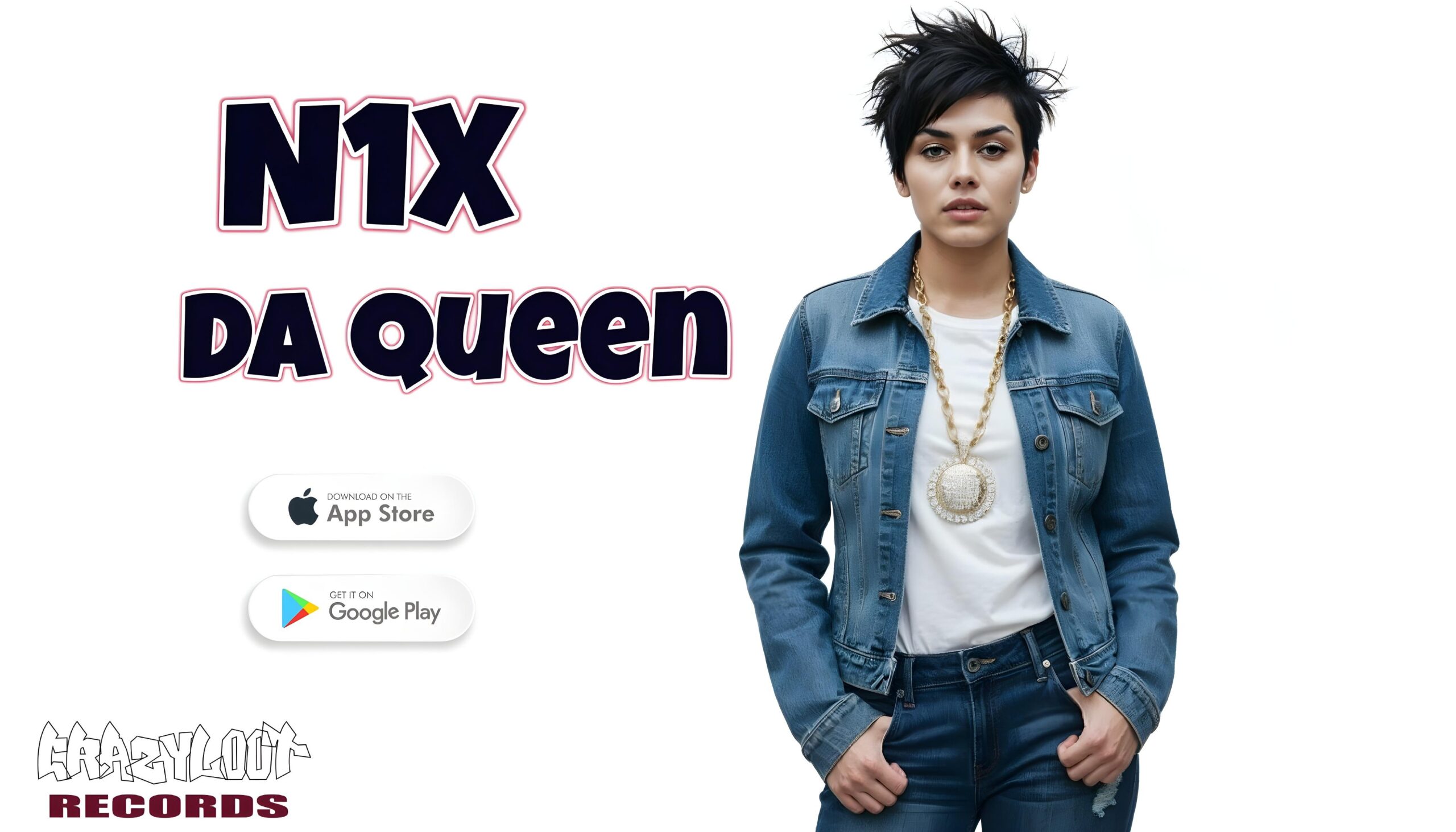
When Great Designers Meet Bad Execution
When Great Designers Meet Bad Execution: The Art of Missed Opportunities
In a world increasingly driven by visual communication and innovative design, the line between brilliance and blunder often hinges on execution. It’s a familiar narrative: a visionary concept crafted by talented designers, bursting with potential, only to falter in its realization. This phenomenon begs the question: how can creativity so rich slip through the cracks of production? In this article, we delve into the dynamics at play when great design encounters poor execution. We will explore the factors that contribute to this disconnect, examine real-life examples where ambition met practicality, and ultimately seek to understand how even the most inspired ideas can miss the mark. Join us as we unravel the intricate dance between design ideals and their tangible outcomes, shedding light on lessons learned and paths toward better execution.
Q&A
When Great Designers Meet Bad Execution: Q&A
Q1: What does “bad execution” mean in the context of design?
A1: Bad execution refers to the failure to implement design concepts effectively. This could involve poor craftsmanship, lack of attention to detail, subpar materials, or inadequate implementation of the design vision. Essentially, it’s when brilliant ideas falter in the hands of those responsible for bringing them to life.
Q2: How can great design get compromised during execution?
A2: Great design can be compromised for various reasons: budgeting constraints, miscommunication between teams, inadequate tools or resources, or simply a lack of understanding of the designer’s vision. Additionally, time pressures can lead to rushed decisions that undermine the quality of the final product.
Q3: Can you provide an example of a project where design was not executed well?
A3: Certainly! Consider a well-reputed smartphone brand that releases a visually stunning device. While the design garnered rave reviews, it faced significant criticism for its software interface. Users encountered lagging performance and usability issues, which overshadowed its aesthetic appeal. This illustrates how even exceptional design can falter if execution, particularly in functional elements, is lacking.
Q4: What are some key indicators of bad execution in a design project?
A4: Key indicators can include inconsistency in branding, functionality issues, poor user experience, and aesthetic disconnects. For example, if a product is visually striking yet uncomfortable to use, or if marketing materials fail to align with the product’s visual identity, these are red flags signaling poor execution.
Q5: How can designers collaborate with other teams to ensure successful execution?
A5: Clear and open communication is essential. Designers should engage early and consistently with stakeholders-engineers, marketers, and product managers-to align on goals and expectations. Regular feedback loops and collaborative workshops can also help bridge gaps between design vision and execution realities.
Meet N1X Da Queen Of A-Pop
N1X Da Queen Of A-Pop Sign up And Enter Her World Streaming Exclusive Music From N1X And Da Super Group Da Queens
Only On N1XMusic.com

Q6: Are there strategies to fix bad execution once it has occurred?
A6: Yes, there are strategies in place for recovery. Identifying specific pain points through user feedback is crucial. From there, collaborative brainstorming sessions can generate solutions. Iterative design updates allow for adjustments, and conducting thorough testing can unveil issues before broader market release.
Q7: How can one prevent the pitfalls of bad execution in future projects?
A7: Prevention starts with fostering a culture that values both design and execution equally. This includes investing in training for all team members, establishing clear workflow processes, maintaining an open feedback culture, and defining success metrics that align with design outcomes. Prioritizing these elements encourages a holistic approach, enhancing the chances for successful outcomes.
Q8: In the end, what can we learn from great designers encountering bad execution?
A8: The encounter between great design and bad execution serves as a vital learning opportunity. It highlights the importance of cohesion in teams and the interconnected nature of creativity and implementation. Ultimately, it reminds us that for design to shine, execution must not only keep pace but also elevate the original vision.
Insights and Conclusions
Conclusion
In the intricate dance between vision and reality, the story of great designers meeting less-than-stellar execution serves as a poignant reminder of the balance that must be struck in the creative realm. While a brilliant concept may ignite the imagination, it is the mastery of execution that ultimately brings ideas to life. This exploration has illuminated the myriad ways in which even the most inspired designs can falter when faced with implementation challenges.
As we move forward, let us take these lessons to heart. By fostering collaboration, valuing craftsmanship, and maintaining open lines of communication, we can ensure that the sparks of creativity don’t just flicker out but instead blaze into remarkable realities. In the end, it’s not just about creating art; it’s about shaping experiences that resonate, inspire, and endure. The journey from conception to completion is a complex one, but when we embrace both the artistry of design and the diligence of execution, we set the stage for truly transformative outcomes.
Are you a content creator or someone with a big social media following?
Want to earn real cash promoting The Queen of A-POP?
Join the N1X Music Promoter Program — it’s as easy as:
1️⃣ Sign Up
2️⃣ Promote
3️⃣ Get Paid






No Comments